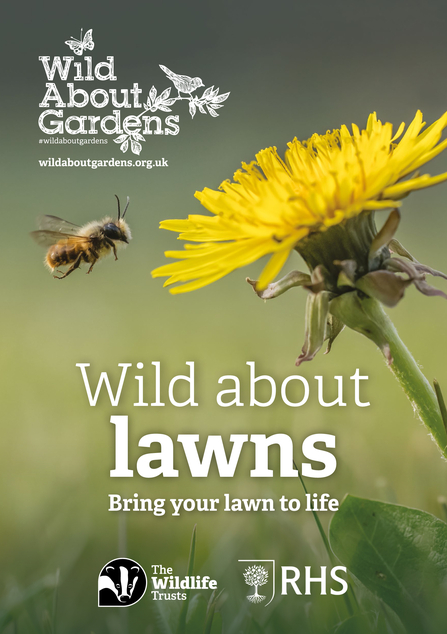I’ve known it for a while but during this month, as Plantlife have been running their annual No Mow May, I’ve really realised just how tidy we are.
I live in what is probably an average sized Worcestershire village and as well as many gardeners who have stripes on their very green lawns, almost every single gardener has mown their lawn at least twice in the last three weeks – many of them popping out with the mower between showers.






